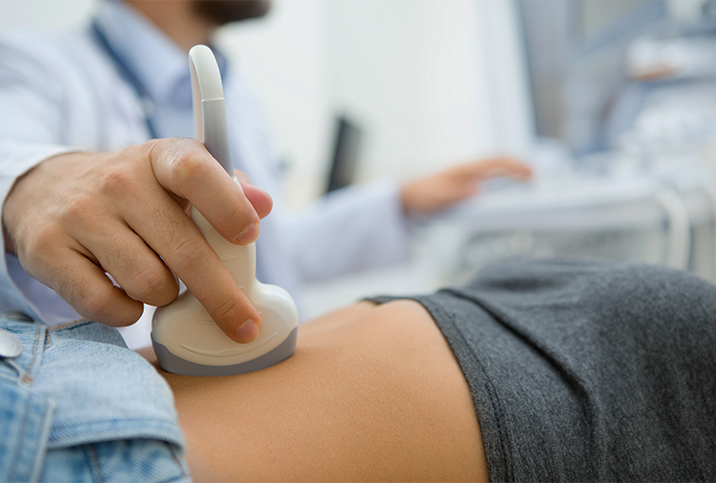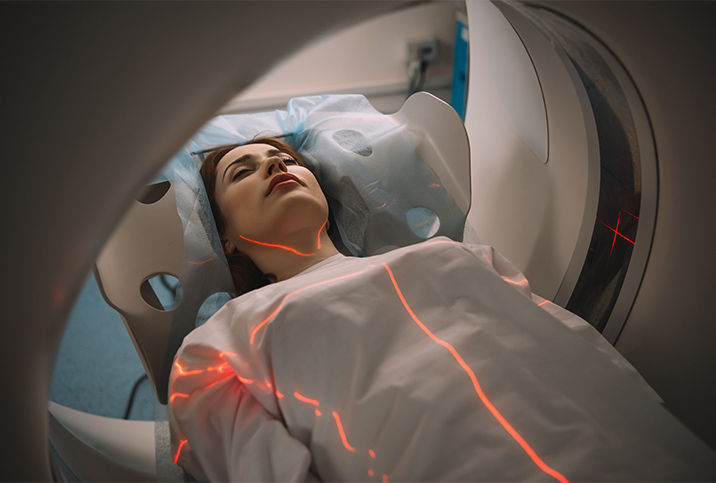Endometriosis: Myths & Misconceptions

Endometriosis affects between 10 and 15 percent of all women of reproductive age, but despite that prevalence, endometriosis remains largely misunderstood. Most of the misunderstandings are due to a large number of untruths and inaccuracies that surround the condition.
Here are common myths about endometriosis, debunked, to help you understand more about this debilitating female health disorder.
Myth: Endometriosis causes pain only during periods.
Reality: Pelvic pain, the primary symptom of endometriosis, is most commonly experienced during menstrual periods. However, endometriosis can cause pain at any time and it may be intermittent or ongoing. Women with endometriosis may experience pain during or after sexual intercourse, during urination or bowel movements, and for several days before menstrual periods. And they will feel it particularly in the abdomen and lower back.
Myth: Hysterectomy is a surefire cure for endometriosis.
Reality: A hysterectomy is a procedure in which the uterus is surgically removed, but endometriosis is characterized by the growth of tissue outside the uterus. So a hysterectomy may not cure or relieve symptoms of endometriosis if endometrial tissue is growing in another region of the pelvis, such as the ovaries or fallopian tubes. If a woman has a hysterectomy to remove her uterus, removing the ovaries is necessary to cure endometriosis. However, removal of the ovaries takes away the source of female hormones, which can be problematic if not replaced. In addition, the University of Michigan reported that pain caused by endometriosis can return in up to 15 percent of women who have a hysterectomy to treat their condition.
Myth: Pregnancy can cure endometriosis.
Reality: Pregnancy may temporarily suppress symptoms of endometriosis in some women, due to lack of a period and changes in hormones during this time, but symptoms usually come back shortly after childbirth. Breastfeeding may also delay endometriosis symptoms for the first six months or so after childbirth, as long as the infant is exclusively drinking breast milk. Deciding to have a baby is a wonderful choice, but you should not consider becoming pregnant if your sole reason behind doing so is to eliminate endometriosis. A wiser strategy might be to ask your doctor about the possibility of undergoing hormone therapy to reduce symptoms.
Myth: Endometriosis does not affect teens.
Reality: During the latter part of the 20th century, doctors believed that endometriosis mainly affected women age 30 and older, but recent evidence suggests that endometriosis may affect anywhere between 19 and 73 percent of female teenagers. In the past, some doctors decided that teens may have been exaggerating their period pain, while other doctors avoided performing laparoscopic procedures on teens that could have accurately diagnosed endometriosis. Today, teens and young women who report symptoms of endometriosis can undergo laparoscopic diagnosis without delay and receive timely treatment.
Myth: Endometriosis always leads to infertility.
Reality: While endometriosis is associated with fertility problems, many women with this condition can become pregnant without any medical intervention. However, an estimated 30 to 50 percent of women with endometriosis are reported to be infertile, according to the journal Clinical and Experimental Reproductive Medicine. If you have endometriosis and want to become pregnant, talk to your doctor about potential fertility treatments, such as in vitro fertilization, that could help.
Common symptoms of endometriosis include pelvic pain before and during your period, abnormal bleeding between periods, and gastrointestinal symptoms such as bloating, diarrhea and constipation. If you are experiencing any menstrual problems or symptoms of endometriosis, see your doctor immediately to receive a proper diagnosis and treatment. Early treatment of endometriosis is preferred to maintain fertility and improved quality of life.


















